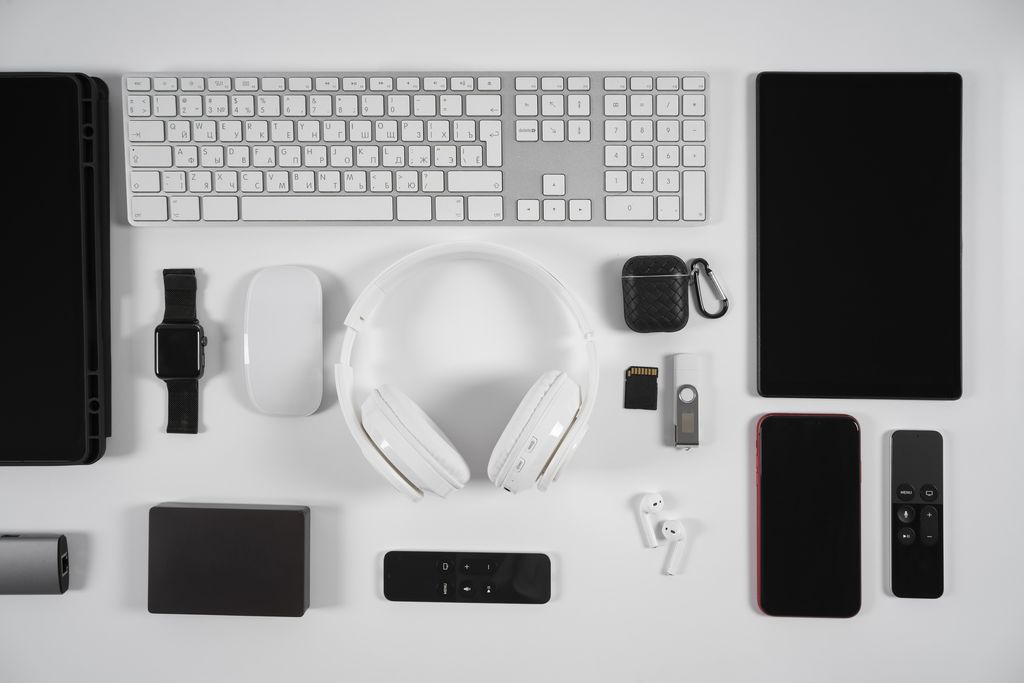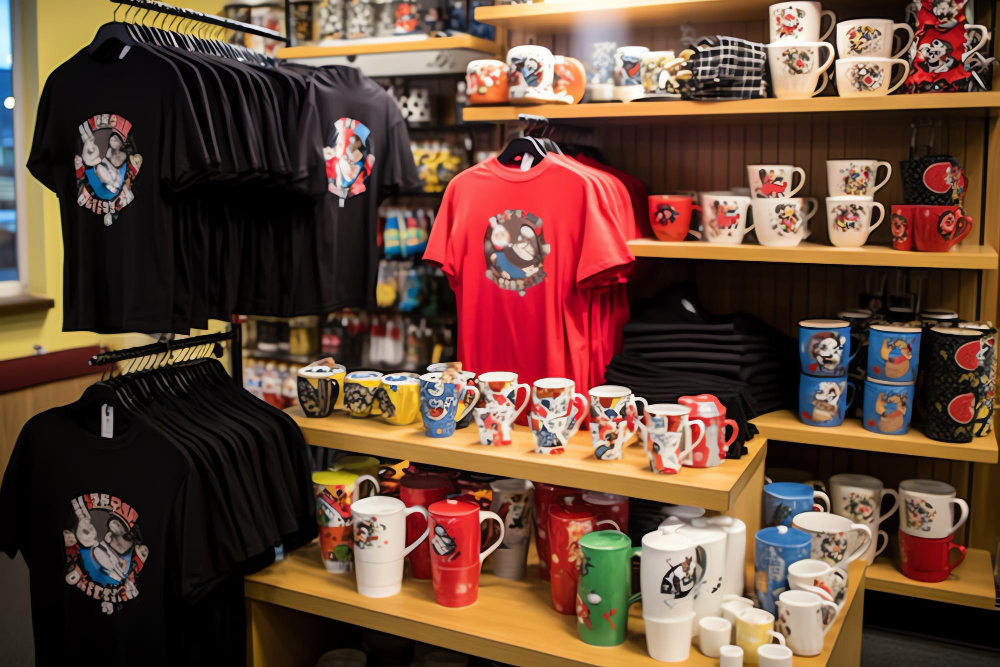Introduction: Why Promotional Products Matter
Promotional products are a powerful way to help people remember your business and connect with your brand. In fact, 85% of consumers recall the name of a company after receiving a promotional product, according to zipdo.co.
This kind of memorable impact can give you a clear advantage when trying to stand out from competitors. Many brands also rely on promotional products because they add a personal touch that traditional ads often lack. Consumers often view these items as useful gifts rather than mere advertisements.
Not only do promotional products improve brand recall, but 83% of consumers say they enjoy receiving them and feel more inclined to do business with companies that provide them (zipdo.co). These figures alone show how effective such items can be for boosting your brand identity.
By placing your logo or unique design on everyday objects, you encourage repeated brand exposure each time the product is seen or used. This consistent exposure can lead to higher brand recognition and, ultimately, better customer loyalty.
Definition of Promotional Products
Promotional products are branded items given away by businesses to promote their products, services, or events. They can include small items like pens, magnets, or stickers, as well as larger gifts like apparel, tote bags, or technology gadgets.
Their key purpose is to reach your target audience, reinforce brand awareness, and create a memorable connection with potential or existing customers.

Choosing the Right Promotional Products for Your Brand
Selecting the best promotional products for your brand involves more than simply picking out items that are popular or cheap. The right products should fit your brand’s values, be useful to your audience, and highlight your unique message. When you choose items that customers will actually use, the promotional products you give away become little brand ambassadors in the hands of your audience.
For example, if you regularly attend industry conferences or meet potential clients directly, you might consider useful tech gadgets such as power banks or USB drives. These modern tools reflect a sense of innovation and practicality. On the other hand, if you aim to focus on eco-friendliness, you might opt for reusable bags or stainless-steel water bottles to demonstrate your commitment to sustainability.
Here are a few tips when selecting your promotional products:
- Consider your target audience’s daily routine. What items will they likely use each day?
- Opt for durable products that can be kept for months or even years. According to zipdo.co, 58% of consumers keep promotional products for more than a year, increasing the chances of repeated exposure.
- Align the product with your brand identity. Items should feel consistent with your company’s message, colors, and values.
Key Companies and Resources to Explore
When deciding which promotional products to invest in, you can explore companies and organizations such as:
- Promotional Products Association International (PPAI): This trade association offers education, resources, and advocacy for the promotional product industry.
- Advertising Specialty Institute (ASI): Provides research and marketing tools to help companies find the right products and strategies.
- 4imprint: Specializes in marketing a wide variety of custom promotional products.
- Staples Promotional Products: Delivers comprehensive solutions for corporate branding needs.
- Proforma: Focuses on marketing services, printing, and promotional items to help businesses of all sizes.
Each of these organizations provides insights into product trends, sourcing methods, and design ideas. Smaller brands can also learn from larger industry players while working with sourcing partners such as Sphere Resources, which deliver direct solutions for custom promotional products aligned with brand identity.
How to Maximize the Impact of Your Promotional Products
Once you’ve picked items that match your brand identity, the next step is to use them in ways that capture attention and strengthen brand recall. A key takeaway is that 89% of consumers remember an advertiser’s name on a promotional product for up to two years (worldmetrics.org). This statistic explains why it’s critical to design and distribute these products with care. Here are some strategies:
- Make Your Brand Message Clear: Use clean, eye-catching designs that prominently display your logo and tagline. If the design is too cluttered, consumers may not remember your brand.
- Distribute Strategically: Give away your items in places where they will have the greatest impact. This could be at trade shows, where attendees love collecting free swag, or during a special event where you sponsor a booth.
- Combine with Other Marketing Channels: Reinforce the message of your promotional products by mentioning them on social media or in email campaigns. This coordinated approach ensures people see your brand in multiple places and contexts.
- Personalize Whenever Possible: Personalization is a key trend. If budget allows, add an individual’s name to certain items, such as notebooks or apparel. This personal touch can lead to a stronger connection with the recipient.
- Align with Marketing Goals: The best promotional products serve a specific purpose, such as launching a new product line or attracting visitors to a pop-up event. Decide how your items support your broader marketing strategy to avoid random, unfocused campaigns.
Remember that 60% of consumers consider promotional products useful for at least a year (wifitalents.com). So, when you choose items wisely and distribute them strategically, you effectively keep your brand in front of potential customers for a long time.
Helpful Software and Tools
Managing your promotional product campaigns can be much easier if you use the right tools. Below are some software platforms and online resources:
- PromoSuite: Helps organize product orders, inventory, and client relationships.
- SAGE: A business management tool offering product research and marketing help for distributors.
- ESP (Electronic Supplier Network): Provided by ASI to streamline sourcing and track relationships with suppliers.
- Promo Marketing: Shares industry news and product trends to help you stay updated on emerging items.
- Zazzle: An online marketplace where you can quickly design and sell custom promotional goods.
Using these tools, you can simplify tasks like design, ordering, and tracking. Lowering administrative hassles often results in smoother campaigns and improved return on investment.

Emerging Trends in Promotional Products
Staying on top of current trends can help you produce more successful and forward-thinking promotional product campaigns. With 72% of consumers preferring promotional products over other forms of advertising (wifitalents.com), it’s crucial to supply items that reflect consumers’ needs and interests. Here are four relevant trends:
- Eco-Friendly Items: As more people become aware of their environmental impact, items made from recycled or biodegradable materials are gaining popularity. Reusable shopping bags, bamboo utensils, and stainless-steel water bottles show a commitment to sustainability.
- Tech Gadgets: Power banks, wireless chargers, and USB drives remain bestsellers. These items serve daily needs in a modern digital world. While not entirely new, they still lead in usefulness and brand recall.
- Personalization: Customizing gifts for specific events or individuals has become a major way to connect with audiences. Personalized items often create emotional connections, leading to higher brand loyalty.
- Health and Wellness Products: Hand sanitizers, fitness bands, and wellness kits are increasingly used as promotional items, reflecting people’s growing interest in health.
According to zipdo.co, 91% of consumers have at least one promotional product. By choosing on-trend and practical items, you ensure those products will likely be used frequently, thereby strengthening your brand presence in people’s everyday routines.
Essential Terms to Know
If you’re new to this space or simply want clarity, here are five important terms you may encounter:
- Brand Recall: Measures how easily consumers remember your brand. Promotional products often boost brand recall by placing your logo in front of consumers day after day.
- Cost Per Impression (CPI): Calculated by dividing the cost of an item by the number of times it’s viewed or used. Promotional products generally offer a low CPI since people tend to hold onto them.
- Return on Investment (ROI): A measure of how effectively your campaign turns spending into revenue or awareness. Research from zipdo.co shows the average ROI for promotional products is $6.96 for every $1 spent.
- Promotional Mix: Refers to all the marketing methods a brand uses, including social media, print advertising, and promotional products.
- Target Audience: The specific group of consumers you aim to reach the most. When picking your promotional products, focus on items this group finds useful or appealing.
With 89% of marketers saying that brand awareness is their main goal for producing promotional products (wifitalents.com), these terms and metrics help you measure your efforts and refine future strategies.
Conclusion
Promotional products can play a major role in strengthening your brand identity and creating lasting impressions on customers. From simple items like pens and magnets to high-tech gadgets, each product helps increase brand recall and loyalty.
Research proves just how effective these campaigns can be: 83% of consumers enjoy receiving promotional products (gitnux.org) and are more likely to become loyal customers.
When you create a thoughtful plan to choose, distribute, and measure the impact of your promotional products, you raise brand awareness and engage your target audience in a meaningful way. Whether you work with an organization like the Promotional Products Association International (PPAI) or simply use a platform like Zazzle to handle your own designs, the potential for visibility and positive ROI is enormous.
By following the best practices, leveraging helpful software tools, and staying current on industry trends, you can position your brand for long-term success. Ultimately, the right promotional products serve as effective conversation starters and lasting reminders of your brand’s value, keeping you on the minds of consumers well into the future.

